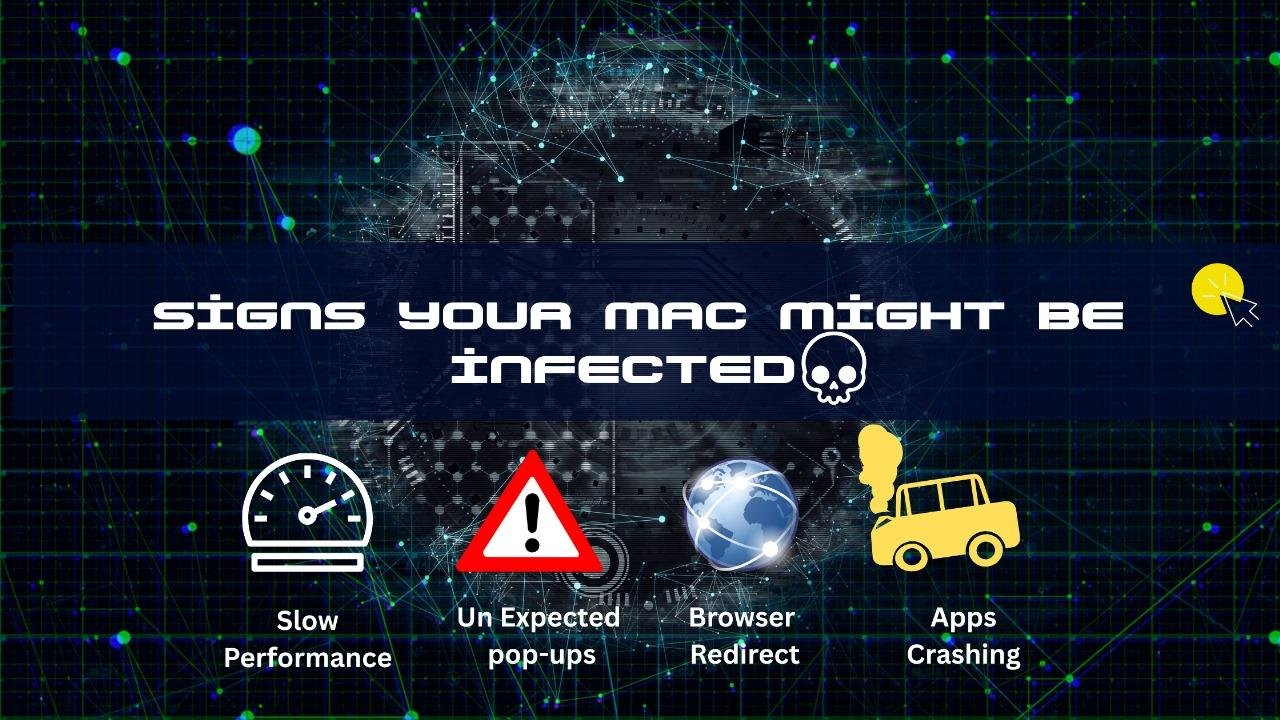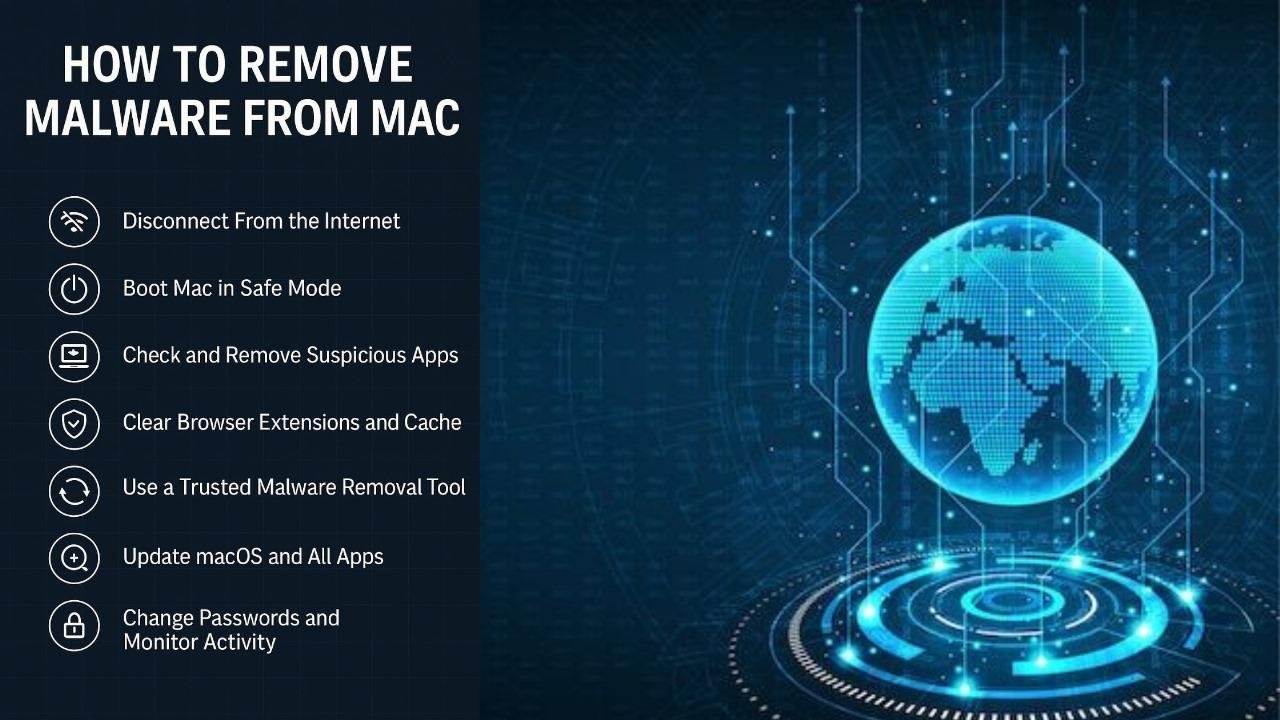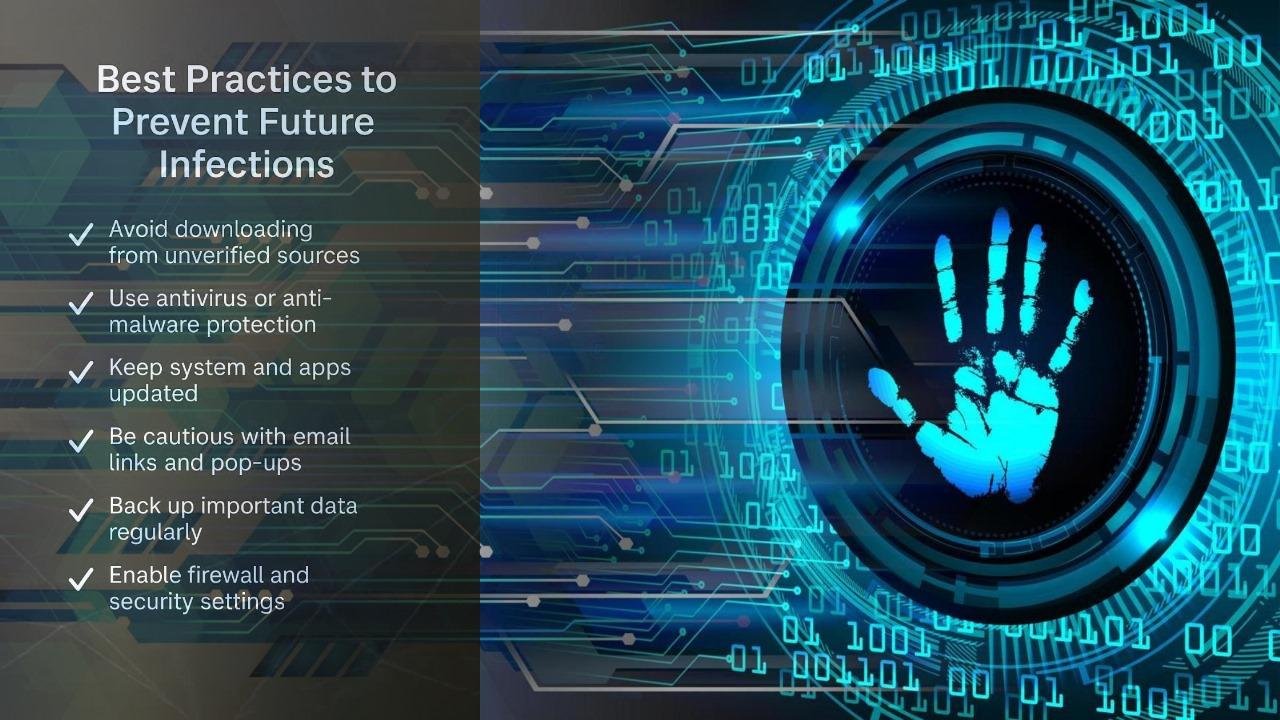How to remove malware from a Mac is a common concern even among expert users because while macOS offers secure built-in security, it is not completely immune to cyber threats. In recent times, the rise of Mac-specific malware including adware, spyware, and trojans has disclosed vulnerabilities that can affect personal data, system performance, and user privacy.
For pro and daily users alike, malware can reduce productivity, compromise sensitive information, and harm device performance. Often, the warning signals are subtle such as moderate performance, frequent pop-ups, or unexpected changes in browser behavior.
This guide offers a structured, professional approach to recognize and remove malware from your Mac. Whether you manage a business device or depend on your Mac for personal tasks, the steps outlined here will help you restore system integrity and implement proactive security practices. By the end of this guide, you’ll not only know how to clean your Mac but also how to stop future infections with confidence.
- What is Malware on Mac?
- How macOS Differs From Windows
- Signs Your Mac Might Be Infected
- How to Remove Malware From Mac: Step-by-Step
- Best Practices to Prevent Future Infections
- Follow These Key Tips:
- FAQs
What is Malware on Mac?

Malware, short for malicious software, is designed to harm, exploit, or get unauthorized access to a computer system. While macOS covers built-in security characteristics like Gatekeeper and XProtect, it is not immune to modern hazards.
Common Types Targeting macOS:
- Adware: Displays unwanted advertisements and may track browsing behavior.
- Spyware: Privately gather sensitive information such as passwords or activity logs.
- Trojans: Disguised as legitimate software, these grant remote access or control over your system.
How macOS Differs From Windows
Unlike Windows, macOS operates within a Unix-based environment and covers several native protections. However, the rise in popularity of Apple devices has made them a growing target. Malware can still bypass defenses through unverified apps, phishing links, or browser vulnerabilities.
Understanding these risks is the initial move in safeguard your Mac and keep system integrity.
Quick link: Top 5 GRC Softwares of All Time
Signs Your Mac Might Be Infected

Although macOS is reliable, certain signs may show a malware infection. Early detection can help stop data loss and system damage.
Key Warning Signs:
- Slow system performance without clear reason
- Frequent pop-ups or intrusive ads
- Browser redirects or changed homepage/search settings
- Crashing apps or unknown processes running
- If you notice any of these symptoms, it’s time to take action. The next section gives a step-by-step guide to remove malware securely.
How to Remove Malware From Mac: Step-by-Step

Step 1: Disconnect From the Internet
Disable Wi-Fi or unplug Ethernet to prevent malware from sending or receiving data. This helps contain the threat during the removal process.
Step 2: Boot Mac in Safe Mode
Restart your Mac in Safe Mode to block unwanted startup items, including some types of malware. Hold Shift during boot (Intel Macs) or press and hold the Power button to access options (Apple Silicon).
Step 3: Check and Remove Suspicious Apps
Go to the Applications folder and look for unfamiliar or recently installed programs. Right-click and move them to Trash, then clear the Trash to delete them entirely.
Step 4: Clear Browser Extensions and Cache
Open your browser settings and remove unknown extensions or toolbars. Clear the cache and reset browser settings to remove any remaining adware or redirect code.
Step 5: Use a Trusted Malware Removal Tool
Install a trusty tool like Malwarebytes or CleanMyMac X. Run an entire system scan and follow on-screen guide to quarantine or take out detected threats.
Step 6: Update macOS and All Apps
Install the newest macOS and app updates to patch security vulnerabilities that malware can exploit. Go to System Settings > General > Software Update and update apps via the App Store.
Step 7: Change Passwords and Monitor Activity
Change password for your Apple ID, email, and other critical accounts. Examine recent activity for unauthorized access and enable two-factor authentication where possible.
Best Practices to Prevent Future Infections

Once your Mac is clean, it’s key to strengthen your defenses to avoid future malware risks. These simple practices help maintain long-term system security.
Follow These Key Tips:
- Avoid downloading from doubtful sources Only install apps from the Mac App Store or trusted developers.
- Use authentic antivirus or anti-malware software Keep a reputable tool installed and run periodic scans.
- Keep your system and apps up to date. Consistent updates fix security flaws that malware can exploit.
- Be cautious with email links and pop-ups Don’t click on suspicious attachments or unknown website prompts.
Consistent practice like these can remarkably lower your chances of reinfection and aid protect your data.
Malware can influence any Mac user, but with the right steps, it can be eliminated quickly and without risk. By identifying warning signs early and following a structured removal process, you can restore your system’s performance and security.
Staying proactive with regular updates, cautious browsing, and trusted tools is key to keeping your Mac protected in the future.
FAQs
Can Macs really get malware?
Yes, while macOS includes powerful built-in security features, it is still sensitive to dangers like adware, spyware, and trojans especially through deceitful downloads or phishing links.
What is the safest way to remove malware from a Mac?
Using a credible malware removal tool like Malwarebytes or CleanMyMac X is the safest and most effective method. These tools scan your system and remove threats without harming your data.
Will removing malware delete my personal files?
No, Malware removal tools are designed to attack malicious files only. However, it is always suggested to back up important data before starting the removal process.
How can I tell if an app or file is malware?
If an app was installed without your knowledge, causes unpredicted behavior, or is flagged by your antivirus tool, it could be malware. You can also search the app name online or scan it using a trusted security tool to verify its legitimacy.